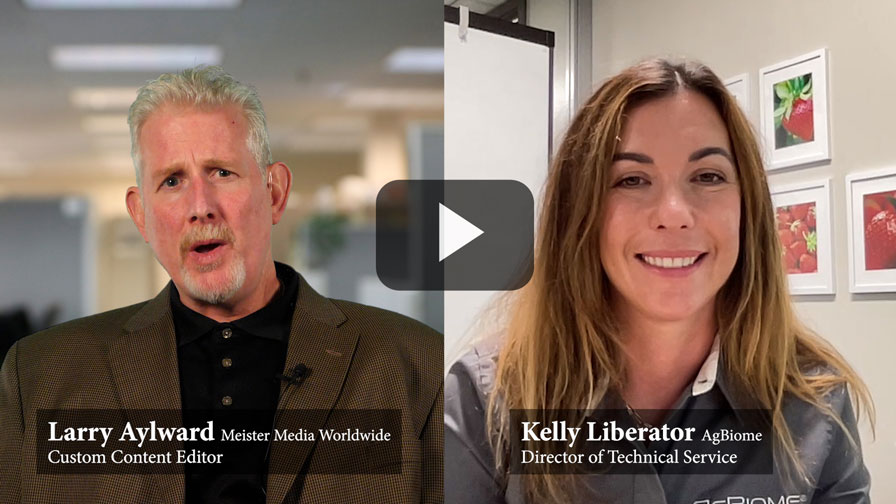Buffer Zones Mean Bigger Expenses
Over the past few years, the EPA has been in the process of reregistering soil fumigants. In July, EPA released the revised Reregistration Eligibility Decisions (RED) for methyl bromide, chloropicrin, metam sodium (Vapam), and metam potassium (Kpam). RED clearly enumerates a number of significant regulatory changes that are forthcoming, not the least important of which is a requirement for a buffer zone surrounding fumigant-treated fields. Buffer zones are areas, measured from the field property line, or in some cases occupied structure, where fumigants cannot be applied. The actual size of the buffer zone is likely to be from 50 to 300 feet, determined by field-specific fumigant-application rates (pounds per acre), field acreage treated per day, and whether certain gas-impermeable plastic mulches are used to reduce fumigant emissions from soil.
Strawberries Strongly Affected
Based on a recent University of Florida (UF) analysis submitted to EPA, buffers of as little as 50 feet will cost Hillsborough County strawberry growers approximately $31 million, reducing acreage by 10.5%. Small farms, typically with smaller fields will be eliminated first, followed by progressively larger fields, as buffer distances increase. Not every grower will be equally affected because the severity of the problem will be defined by the number and extent of adjacent properties bounding the fumigated field border that the grower does not own or control. In the UF analysis, it was determined that more than 92% of all Hillsborough County strawberry fields were observed to have at least one complete field side directly bounding adjacent property, and more than 67% with at least two complete field sides. The high frequency of occurrence and proportion of bounding sides contributed very significantly to the magnitudes of estimated buffer-zone impacts.
Coping With Costs
The question now becomes: What is a grower to do? In general, the optimizing strategy to reduce buffer-zone impacts will mandate use of a virtually impermeable film (VIF) mulch with reduced fumigant-application rates, use of drip fumigation rather than soil (shank) injection treatment, and/or to treating only as many acres per day along the field periphery as possible to satisfy acceptable buffer limits. The use of VIF will increase production costs to some extent, but partitioning fields and treatment schedules to accommodate acceptable buffers will add a new level of complexity and cost resulting from use inefficiencies of land, labor, and equipment. These costs will be significant if new equipment and labor crews have to be frequently moved to satisfy treated acre-per-day constraints. EPA also has indicated that no fumigant applications will be permitted within 0.25 miles of schools, licensed daycare centers, nursing homes, assisted living facilities, hospitals, clinics, and prisons.
In addition to Hillsborough County, buffer zones will also significantly impact Florida vegetable growers along the East Coast, where urban and agricultural areas are highly integrated. For anyone who has read the fumigant RED, they know that the real impact from EPA’s reregistration of the fumigants goes well beyond buffer zones, with the need for Fumigant Management Plans (FMP) and costly air-monitoring requirements for field and buffer periphery, posting and notification, and requirements for medical certification, safety training, and fit testing of workers to satisfy EPA respirator requirements when and if needed in the field. In total, changes required to develop and implement the FMP will be complex and comprehensive, adding a new burden of grower responsibility and liability. As you might expect, they too, like buffers, will not come without cost.









